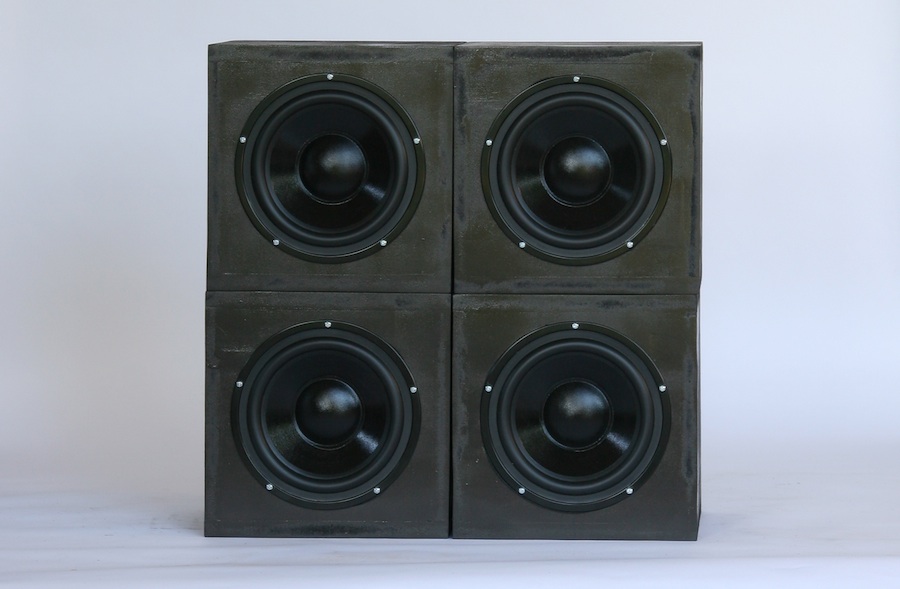Subwoofers: 4, 2, or 1? Page 3

THE LISTENERS
A few years ago, I’d been lucky enough to have Allan Devantier, an engineer from Harman International, set up four 12-inch JBL subs in my home, calibrating each one to perfection using professional EQs and measurement gear. I wasn’t sure I could put that near-perfect listening experience of out my mind.
Thus, I drafted a panel of unbiased outside experts: two audio reviewers and one custom installer. (Due to political considerations, I cannot reveal their identities.) One had a notion of what I was up to, but the others knew only that they were listening to three different “subwoofer setups.” Black fabric concealed the speakers.
Each panelist took the test separately. First, each one listened in the “sweet spot” — my usual listening chair. Then they listened in the “sour spot” — a seat on a couch a few feet back and closer to the side wall, a position in my room where the bass tends to sound lumpy.
For this test, I used my custom four-output test switcher, which has individual level controls for each output and a wired rotary switch that let the panelist choose among the different subwoofer configurations. I changed the order of the switching for each of the panelists’ two listening sessions, then again for each panelist. Levels of each subwoofer setup were matched for the sweet spot but not changed when listeners moved to the sour spot — as is the practice in most home theaters, where the levels are balanced for the middle seat and all other listeners have to take what they get.
The panelists were force-fed bass-intensive test tracks: melodic bass lines from Steely Dan and James Taylor recordings, hyperactive kick drum and bass guitar courtesy of Mötley Crüe, synth-bass from CDs by Olive and Bebel Gilberto, subsonic organ notes from Saint-Saëns’s Symphony No. 3, and low-frequency assault from movies like U-571, King Kong, and Star Wars, Episode II: Attack of the Clones. Panelists were allowed to add their own material, and to listen at whatever levels they preferred.
After I got their reaction to the subs’ performance with music and movies, I let them play a revealing test tone I authored just for this evaluation: 1-second sine waves in sixth-octave steps from 20 to 80 Hz. This tone readily demonstrated the ability of the various subwoofer configurations to play deep notes; to distinguish between deep notes of different pitches; and to deliver even response from note to note. (You can download this tone at www.brentbutterworth.com/tech.)




























































